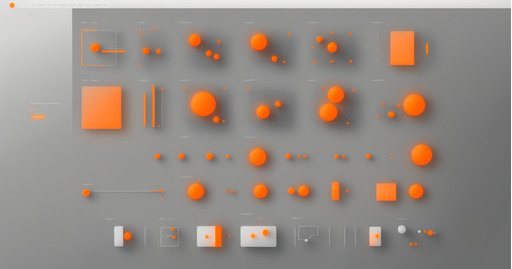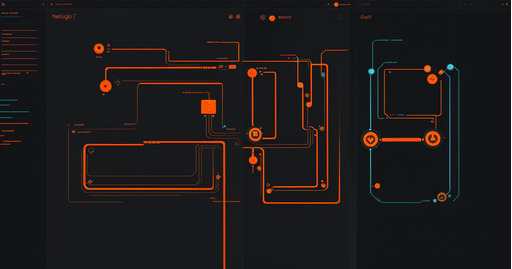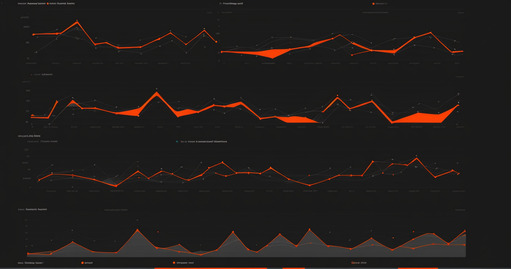Why Cross-Platform Development Matters Today: In today's digital landscape, users expect consistent experiences across devices — web, mobile, and desktop. Building a separate app for each platform is time-consuming and expensive. Cross-platform development solves this by allowing developers to write a single codebase that runs on multiple platforms. This significantly reduces development time and cost while ensuring a uniform user experience. From startups to enterprises, organizations are shifting to cross-platform strategies to accelerate time-to-market, reduce maintenance overhead, and serve broader audiences. Whether you're building a productivity tool or a customer-facing mobile app, cross-platform is often the smart default in 2025.
Key Technologies for Cross-Platform App Development: Modern cross-platform app development relies on powerful frameworks like Flutter, React Native, and .NET MAUI. These frameworks offer native-like performance, customizable UI components, and access to device APIs. At B101, we go a step further by integrating Rust and WebAssembly for high-performance backend logic that runs seamlessly across platforms. For desktop apps, we use technologies like Tauri and Electron, while for offline-first scenarios, we use service workers, local storage, and sync strategies. The right stack ensures performance, scalability, and long-term maintainability across platforms.
How to Ensure Scalability from Day One: Scalability isn't just about infrastructure — it starts at the architecture level. When building cross-platform apps, it's essential to separate concerns, modularize code, and use APIs that scale independently of the frontend. For instance, we often use Rust-based APIs hosted on edge networks like Cloudflare Workers, which allow for low-latency responses regardless of user location. On the frontend, we use component-based frameworks that can adapt across form factors and screen sizes. Ensuring scalability also means planning for updates, user growth, and offline scenarios right from the start. It's not an afterthought — it's a foundation.
Offline Capabilities and Global Accessibility: One key advantage of cross-platform apps is the ability to support offline scenarios across all devices. This is critical for users in regions with unstable internet or those accessing your app in remote environments. At B101, we build offline-first capabilities into our apps using technologies like IndexedDB, local-first sync engines, and PWA standards. Whether it's a mobile CRM or a desktop POS system, our apps continue working even when the network drops — and sync seamlessly when back online. Paired with global edge hosting, this makes your app usable anytime, anywhere.
B101's Approach to Building Cross-Platform Apps: At B101, we specialize in delivering scalable, secure, and high-performance cross-platform apps tailored to your business needs. Our approach combines efficient code-sharing, backend optimization, and deep platform integration. Whether you need a customer-facing mobile app, an internal desktop dashboard, or a PWA that works offline — we build once and deploy everywhere. Our apps are white-labeled, integrated with 350+ services, and built to scale from MVP to global launch. With B101, you get a reliable tech partner focused on quality, speed, and future-proof architecture — ready for web, desktop, mobile, and beyond.




